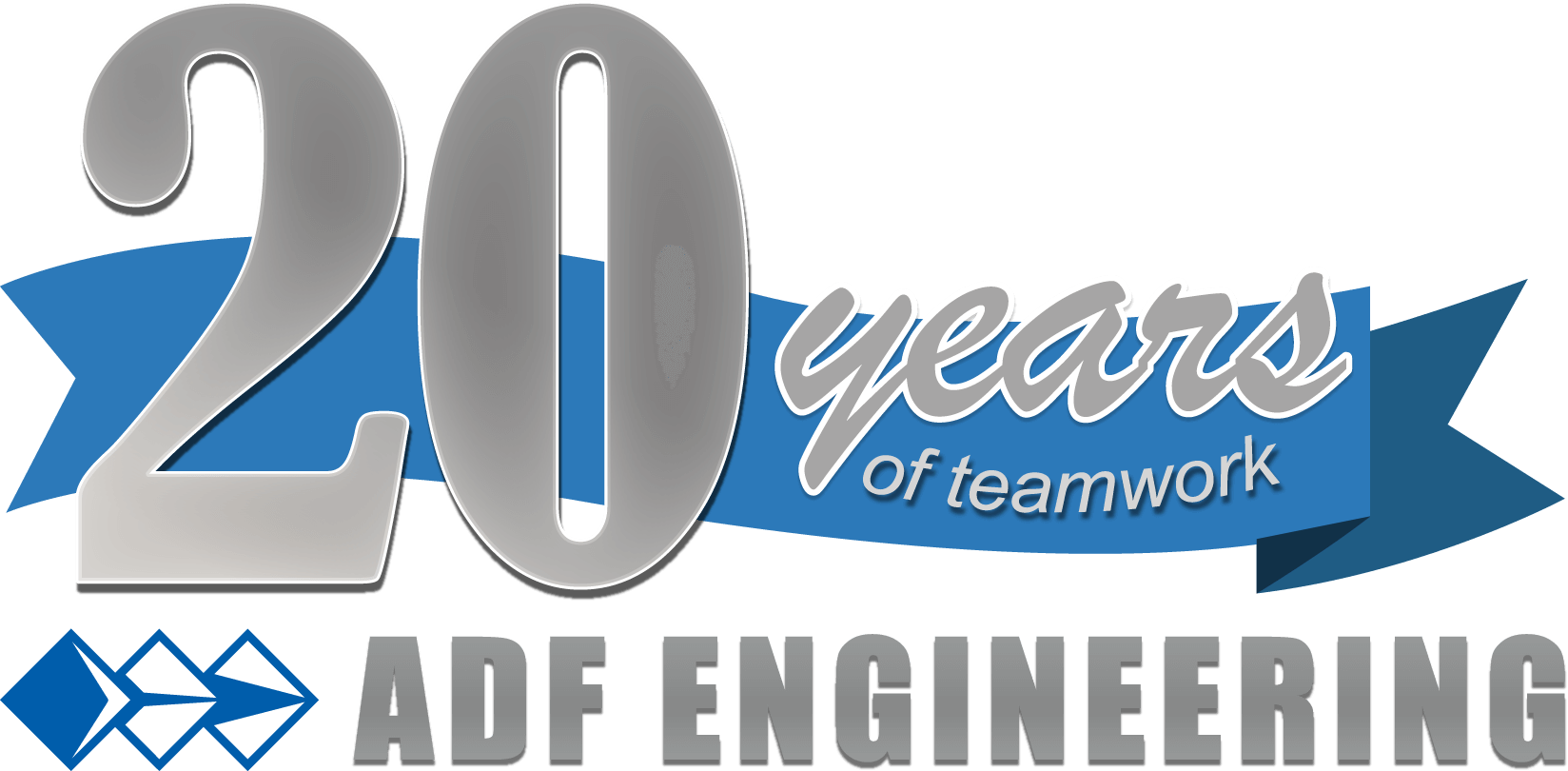Alternative Fuels DHA Case Study
Industry: Alternative Fuels
Purpose of the Case Study
This case study describes a DHA that ADF performed for a cement facility that was implementing an alternative fuels process for calciner operation to replace pulverized coal for environmental purposes.
The alternative fuels consisted of recycling plant refuse, including paper, plastics, rubber, and other materials that had to be shredded and stored on site.
Brief Overview of Dust Hazards
Combustible dusts are finely divided solid particles that can ignite and explode when suspended in air under certain conditions.
These particles can originate from various materials and industries, including agriculture, manufacturing, and chemical processing. In industrial settings, combustible dusts pose a significant threat due to their potential to cause fires and explosions, leading to injuries, fatalities, and property damage.
Understanding and managing combustible dust is crucial for ensuring workplace safety and compliance with NFPA 660, the Standard for Combustible Dusts and Particulate Solids.
Project Background and Context
A large cement plant in Florida was earning carbon credits by replacing pulverized coal with recycling materials for calciner burner fuels. These materials include paper, plastics, rubber, and other recycling industry waste and had to be processed on site to prepare them for pneumatic transfer to the calciner burner.
This process involves shredding of the recycling materials into a combustible “fluff”. The shredder creates significant fugitive dust and can create sparks when metal is inadvertently fed into the shredder. These sparks could easily ignite the dust being aspirated to the central dust collector.
The central dust collector was purchased used and did not include any explosion protection or isolation. Furthermore, the site had planned to install this collector in the center of the indoor shredding facility, which would pose an immediate hazard to the operators in the continually occupied building.
Facility Description
Facility Overview
The client’s facility is a large cement plant in Florida.
The Company’s Process and Operations
Whole recyclable materials (milk cartons, plastic bottles, etc..) are piled at one end of the room.
These are scooped onto a belt conveyor, over a metal detector and cut into coarse pieces, which are stored and kept in a bin. The pieces are then conveyed to a fine shredder, which is aspirated to the central dust collector.
The shredded materials are conveyed to a bunker for long term storage and transfer to the calciner burner feeder.
ADF’s Dust Hazard Analysis Methodology
Assessment Techniques
- Historic facility data or published data that are representative of current materials and process conditions; or
- Data provided by raw material suppliers for unaltered raw materials; or
- Analysis of representative samples by testing at a qualified lab.
The first step in the process is to determine the combustibility characteristics of the dusts handled on the site, based on one or more of the following:
The specific combustible dust characteristics which need to be determined for each dust includes the following:
A. Kst (relative measure of the explosive potential of the dust, used for sizing vent panels and determining dust hazard classification)
B. Pmax (maximum pressure developed by explosion, used in equipment design)
C. dP/dt max (rate of pressure rise, used in detection instrument design)
D. MEC (minimum explosible concentration, determines limits on dust quantities which may present a hazard)
E. MIE (minimum ignition energy, determines sensitivity to ignition sources)
F. MIT (minimum ignition temperature for dust layer, used in electrical component design, particularly insulation class)
Once the dust characteristics are identified, the next step is to set up the DHA by determining the appropriate areas of risk in the process from current Process Flow Diagrams or P&ID’s, which must accurately show all dust collection or aspiration system connections.
The actual DHA review meeting may then be held at the site and must include the following participants, at minimum:
A. Qualified DHA Facilitator
B. Site Engineer
C. Experienced Operator and/or Maintenance Personnel
D. Facility or Operations Manager
E. Site Safety Manager
The duration of the on-site DHA review depends upon the overall complexity and size of the facility, the variety of dust handled and the accuracy and completeness of the process documentation. Information to be identified and evaluated at the DHA includes:
A. Review of all dusts handled and their combustibility characteristics
B. Identification of all potential areas of risk and likelihood
C. Credible ignition sources and suspension mechanisms
D. Safe operating ranges
E. Explosion prevention and protection methods
F. Explosion propagation paths
G. Recommendations for additional protection measures
Finally, the DHA Facilitator will summarize the identified hazards, dust characteristics, current and proposed dust explosion prevention and protection measures and agreed upon implementation plan and schedule to address all gaps in combustible dust risk compliance.
It is this DHA implementation plan to which the site will be held accountable in the event of an OSHA audit or combustible dust incident investigation.
Furthermore, all future changes to the processes or dusts handled must be documented through a Management of Change procedure to determine necessary dust safety system changes and kept with the official DHA documentation by the facility safety coordinator.
Data Collection
The client collects and ships samples per ADF’s direction to the chosen lab for combustibility testing. A typical sample is about 2 liters.
Risk Identification
ADF’s DHAs are done using our proprietary process that combines a checklist-based analysis with a traditional HAZOP approach, utilizing each for their specific strengths to provide a comprehensive analysis.
Project Findings and Analysis
Hazard Identification
The combustible dusts at this client included the shredded recyclable materials, tire fluff, and pulverized coal.
Risk Assessment
ADF’s proprietary DHA approach differentiates the likelihood of a flash fire or deflagration event based on the presence of the components necessary for such an event – namely fuel, credible ignition source, oxygen, containment, and dispersion.
Safety Systems Evaluation
ADF will evaluate existing explosion protection devices. However, there were no pre-existing explosion protection or isolation devices in this process. Fire protection equipment was available and was sufficient for a smoldering fire.
ADF’s Post Analysis Recommendations
Preventive Measures
ADF designed modifications to the dust collector to increase its maximum allowable working pressure to support the addition of the recommended chemical suppression and isolation canisters.
Additional instrumentation was also installed for spark detection from the shredder.
Employee Training and Awareness
Staff training programs for Dust Hazard awareness were identified as a necessity in the checklist-based DHA review.
DHA Implementation—Our Project Management Approach
ADF’s Project Planning and Execution
ADF managed the dust collector upgrades following the DHA.
Timeline and milestones
The dust collector upgrades were installed within six months of the DHA, based on the availability of the explosion protection equipment vendor.
Innovative Solutions and Technologies
ADF was able to design reinforcements to the existing dust collector that kept the client from having to purchase a replacement and thereby kept the project on schedule.
Continuous Improvement
ADF re-visited the site three years later and updated the DHA to include additional areas and modifications to the process that had been installed after the original project.
Project Conclusion
Summary of Key Findings
Even cement plants that normally process non-combustible dusts can handle combustible dusts that need a DHA.
Existing equipment, such as the used dust collector purchased by this site, may often be upgraded to handle combustible materials without the need for replacement.
Summary of DHA Implementation
ADF supported the start-up of this process on site and worked closely with the explosion protection equipment vendor.
Additional Resources and Educational materials
Webinars:
Updates to Combustible Dust Standards
When Disaster Strikes: Mastering Process Safety in Crisis Situations
Contact Us To Schedule Your DHA
If you need to complete your DHA or update your current DHA, please contact us to schedule a time to discuss how we can assist you.


